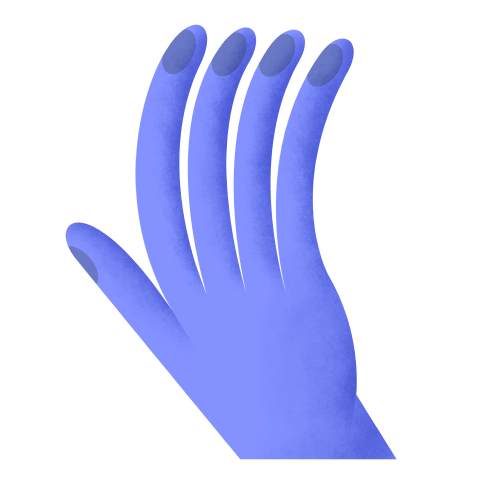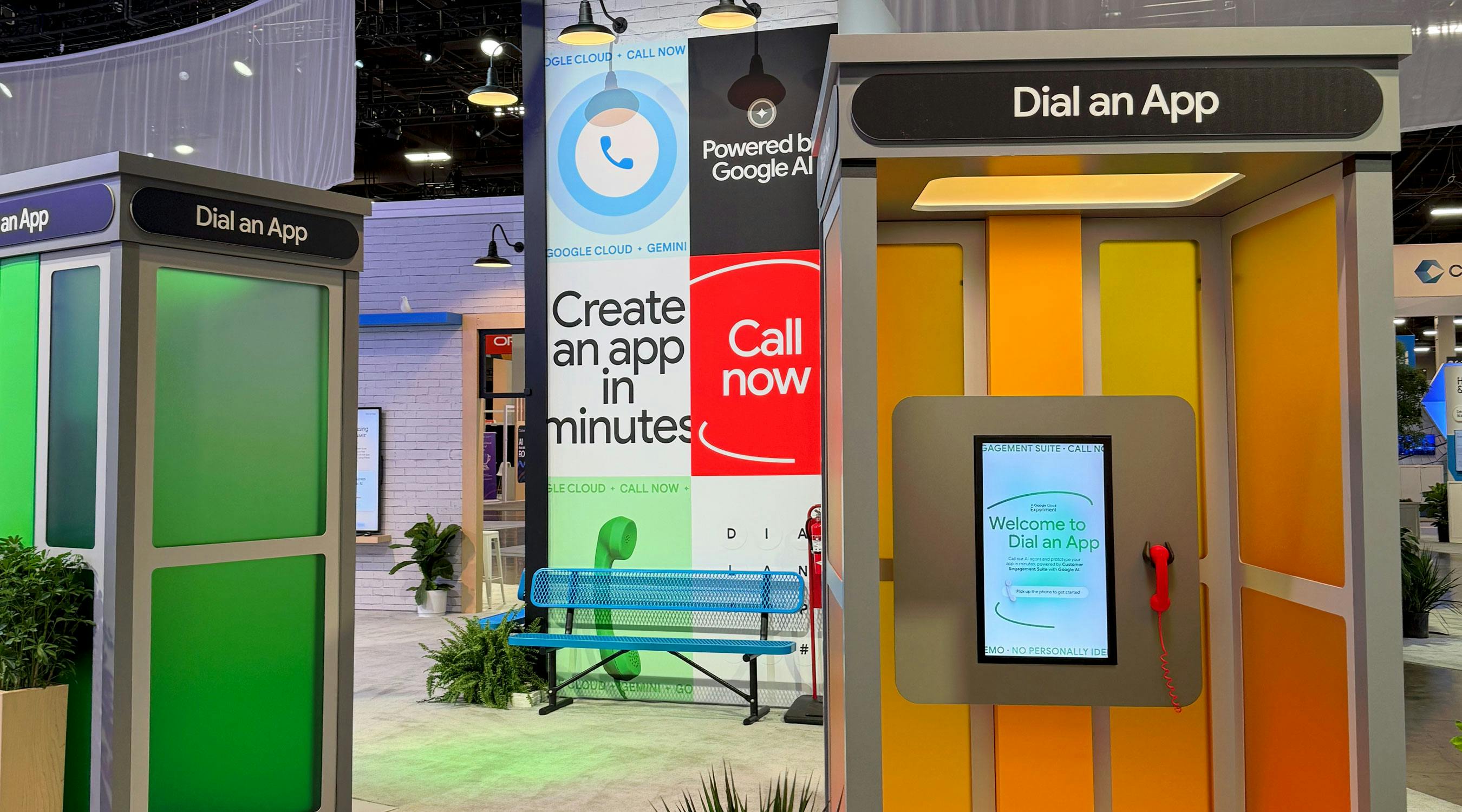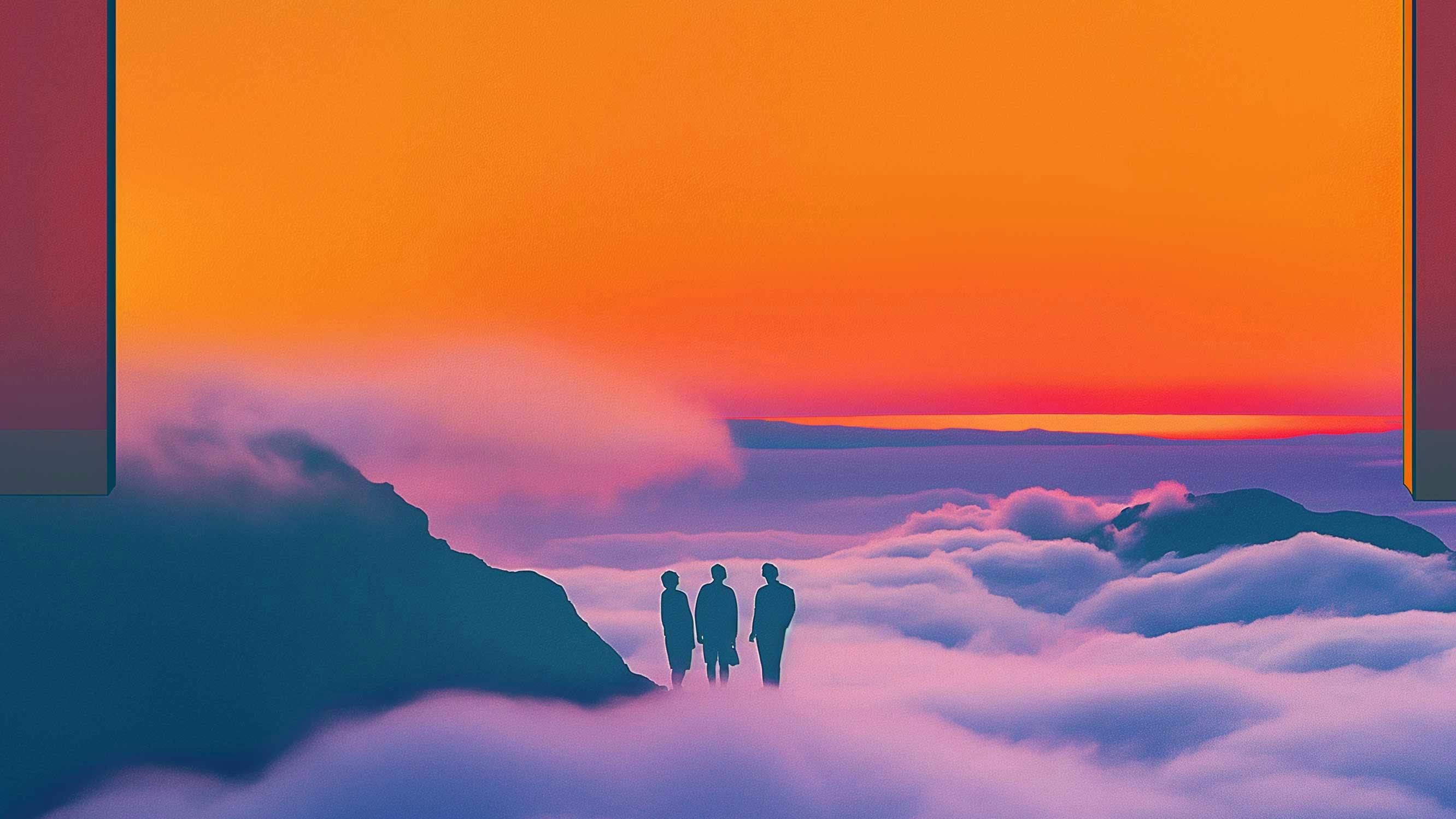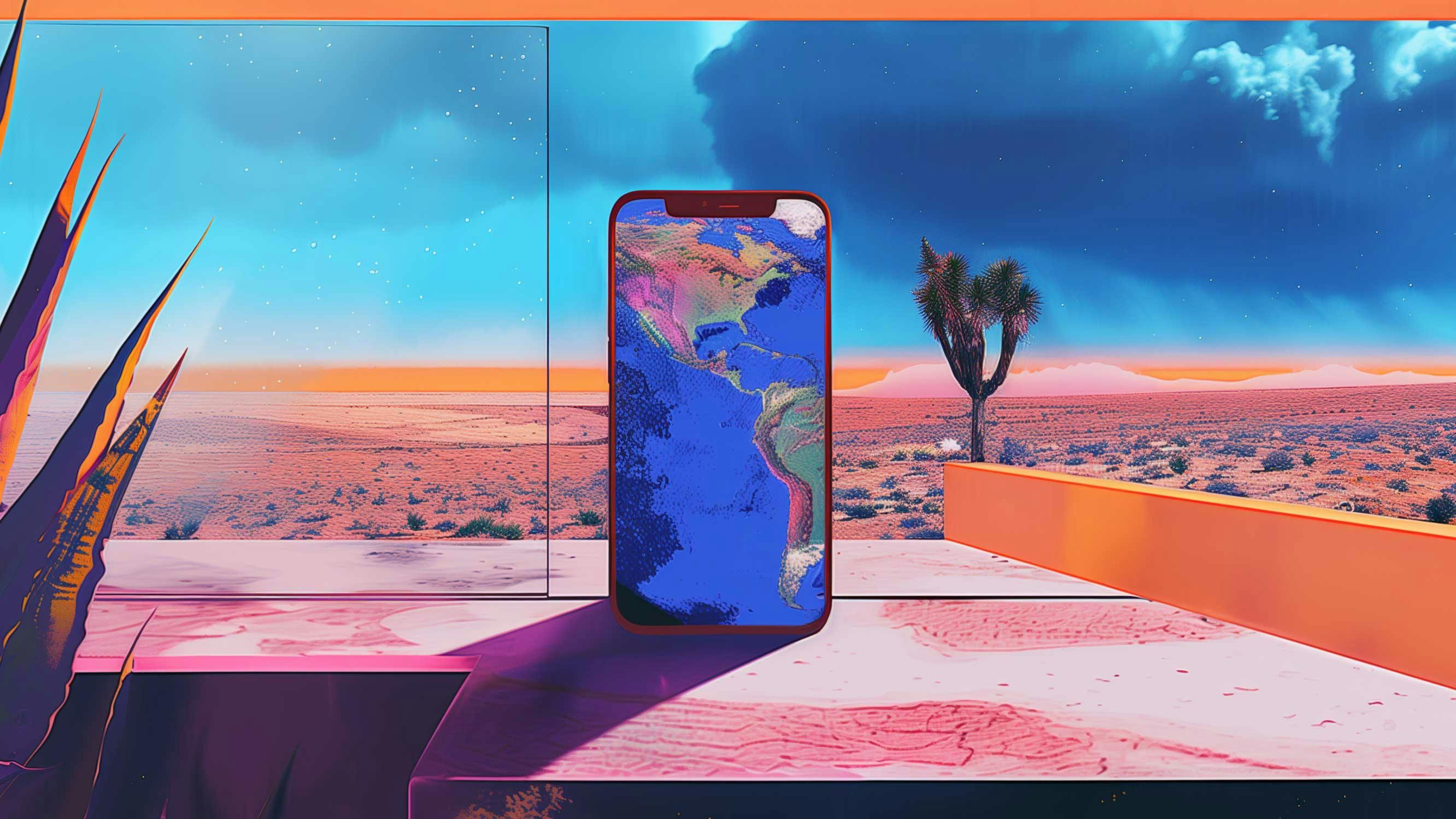The Future of Virtual Reality – Now: Aaron Koblin of Vrse Talks Shop with Use All Five
Let’s start 4 years ago, when you may have first publicly defined your artistic path in a TED Talk. You quoted someone as saying –
“19th century culture was defined by the novel; 20th century culture was defined by cinema; the culture of the 21st century will be defined by the interface”.
How do you feel about this statement today and would you modify it in any way?
I think this holds as true as ever.
Digital technologies have thoroughly permeated our lives. We communicate, create, and think in concert with these information machines.
Increasingly we’re learning, connecting, and dreaming through interfaces which don’t simply deliver information, but are an experience in and of themselves.
From games which emulate and replicate our reality and history, to informational dashboards which tell us how we’re living our lives. All of this, and yet it’s just the beginning.
Can you tell us about one of the first artistic projects you completed which used interactive elements? What drove you to experiment in this way?
I’d rather not talk about the first, those were terrible. :]
One of the early projects that I’m happy with was “The Sheep Market”. It was a playfully subversive reflection on crowdsourcing. This happened around the earliest days of Amazon Mechanical Turk and this idea of “Artificial Artificial Intelligence” — which of course means human brains put to use for distributed tasks. A fascinating idea, with all kinds of potentially wonderful applications, and some strange ramifications as well. I made a very simple drawing tool (something that would be recreated in several other projects) and employed people in the bizarre, and decontextualized, act of drawing a sheep facing to the left. That was it.
I collected 10,000 of them and sold them in bulk (as the terms of service stated I was well within my rights to do – perhaps a problematic aspect of this system). You can still see the creations and the process that went into drawing each one at TheSheepMarket.com (for as long as Flash is a technology that functions).
There’s this idea of virtual reality as a game, as an outlet for existing media like video games and film. How do you challenge that perception and introduce virtual reality as an entirely new experience?
Virtual Reality has the potential to be so much more than a tool for gaming.
Fundamentally, it’s a tool for tricking your mind. It used to be that you would read a book and imagine what it was like to be in someone else’s shoes or dreams. Now you adorn an apparatus and you, at least momentarily, believe you actually are in another reality.
This changes everything. Storytelling, education, science, medicine, architecture, communication, and yes… gaming.
How do you imagine virtual reality changing the culture around us? Are you able to visualize the impact on a large scale or are you concerned more with the impact your projects make on a smaller scale?
Empathy is a huge unexpected side effect of VR.
When you have presence – the feeling of being in another place – you have a sense of vulnerability, and when this sense of vulnerability is combined with another person (real or not real) you get a sense of connection. That connection is a powerful thing.
Additionally when you are present in a space you access a different kind of memory. Philosophers have talked about the memory palace for centuries as a technique for remembering. Your brain is wired to remember places and faces – VR has the potential to dramatically impact culture. It can connect people in ways never imagined, give people access to places, people, and ideas that they would have otherwise never had access to – and it can do so in a visceral, experiential way – not just through imagination.
What are some of the biggest challenges you have encountered in making virtual reality more accessible and more visible in the public eye?
No one really has access right now. That’s the biggest challenge, but there are challenges too.
It’s all so early, and the tools are terrible. You can see all the low hanging fruit – small things which will have a huge improvement on the process. It’s tricky though, because some of these quick-fix solutions will be dead ends. There are many technical solutions which will likely be undone by new technologies all together.
It’s the wild west right now and everyone is trying everything. We’re focusing on dissecting and understanding more about the language of communicating in an immersive environment. How should stories be told? Not only will the human aspects of these technologies have a deeper impact, but they’ll likely be more timeless. It’s a balance for us, making projects we’re proud of, and evolving the technology to support the things we aspire to create.



